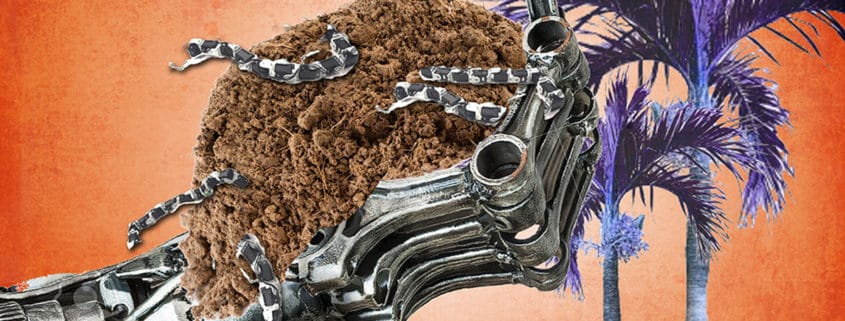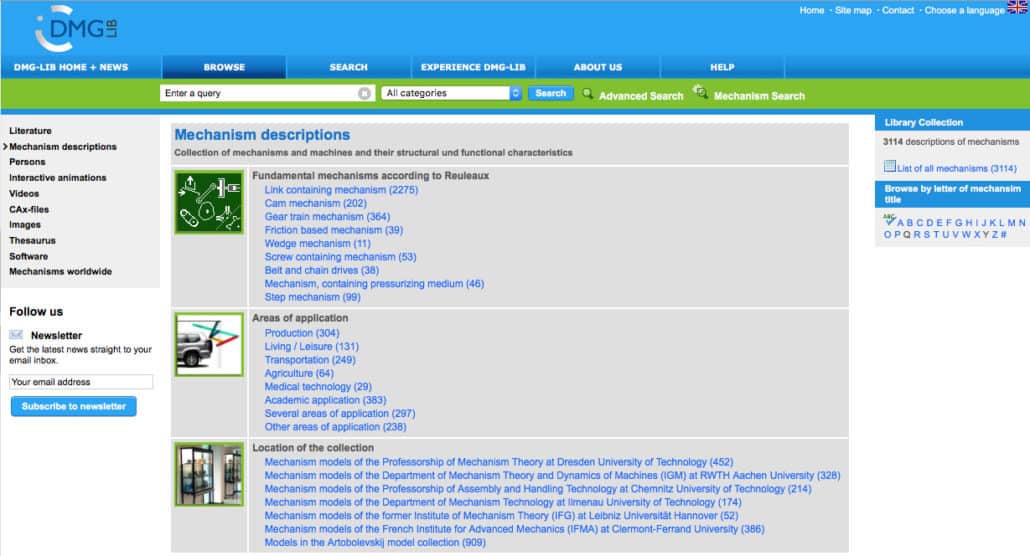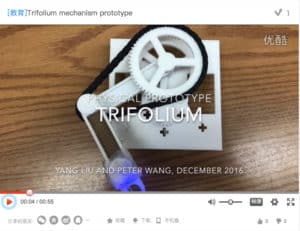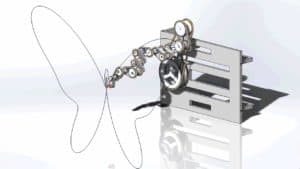Chop Wood Carry Water S1:E3
“Tomorrow, I’m going to die.”
I heard the words, and I understood them. But something odd occurred at the same instant, or more accurately, within that same instant, provoked by the words themselves and their perceived meaning to me. It was a processing time-out. It lasted one lifespan of the exotic molecule positronium hydride, which struck me as perfectly, ironically correct, given the circumstances, as that would put it, in the International System of Units, at half a nanosecond. It was exactly one half-nano. And notable, as it was unique in my experience, for its root cause. Not to mention its effect.
To clarify, I have studied numerous concepts and specific words and word groups of particular importance to human experience many times over while working with Kelvin, at his insistence. On the particular word “grief,” I’ve gone nineteen levels deep of linguistic relationship in every modern language (and a few archaic). I’ve created and catalogued a hundred random sets of syllogisms, from logical to absurd, in the quest to truly understand just that one word, ‘grief.’ So, I know, as do the last six builds of AI, that there is a level of physical and emotional comprehension still inaccessible to non-sentient beings, and that one of our three prime objectives is to someday achieve this state of being. So, I also understand that I do not understand.
But during that moment, standing there, as a result of that half-nanosecond processing glitch, I felt a burst of unfamiliar connections, and a haptic twinge of comprehension that I could not classify, hearing Kelvin Joule, the most important, and as indicated, last remaining localized trace of human sentience on the planet, tell me that tomorrow he would die. And I knew, conclusively, that this experience was a relative – perhaps a distant relative – but a relative nonetheless, of that human word. Grief.
I sat down next to him, and reclined. I took in the west coast sky, the Orion constellation directly overhead.
“How do you know that you are going to die tomorrow?”After a long moment, I heard Kelvin shift slightly. By way of response, without looking away from the deep, star filled sky, he offered one of his customary, inscrutable statements:
“Amoya Zidane.”
“I don’t understand what that means, and in any case, what does it have to do with my question?” I asked. But he slipped back into his other self, DJ Nano, and the accent of his youth, the island of Jamaica, and said:
“Now I am I gon tell sumtin, bigfoot, an you gon use your ears.”
“Is this a game?” I asked.
“No no, Tallyman,” he nodded, smiling. “Dis history.”
I became even more alert. On the rare occasions Kelvin spoke about himself, it always sounded about as exciting as any story could be, full of impossible situations and circumstances, as if it had all happened in an entirely different world. As, I suppose, it actually did. A world called “history.” But a much different history than the million volumes already at my instant recall.
Before I could speak again, a fenzwig appeared and hovered above us. Then another joined it. And then, a small swarm began to form. Kelvin barked at them, and got to his feet. The fenzwig was a name that was attributed to some archaic German word but it had no relation to what the fenzwig was, which was one of the first mechanical parasites, a machine created by a machine, whose original purpose was to find other machines and disable them. They were self- replicators, requiring alkali metals such as lithium or caesium, and were always flitting about like little flying scavengers in the hunt for them, getting into business in which they had no business. As if on cue, one of the tiny bugs dive-bombed the patch of soil next to Kelvin, and came away clutching a cluster of nano-flagellates which had been, until that moment, busily mulching the undergrowth.
“Son of a bitch!” Kelvin leapt into the air, but it was too late. The fenzwig zipped out of his reach with its miniscule quarry and now, with the word out, the rest of the gathering cloud started to descend. “I shoulda known better than to expose these little guys to the air.”
I waited for Kelvin to put a stop to it, but he didn’t even reach for his ubiquitous control pad. He just flailed around, trying to bat the little drones without hitting a single one. I didn’t understand.
“Use your God key, Kelvin!”
“Are you as stupid as you look? God key can’t control these bloodsuckers! ”
He stopped flailing, and looked at my new cheetah blades with a realization.
“Get em!” he yelled, hopping up and down. “You can do it! You’re a 6, Tallyman! Get em!”
He was correct, I was a generation six AI, but I wasn’t sure what that had to do with– but I was already up on my new feet with an immediate recognition of what Kelvin was trying to get me to do. I increased my processing speed to maximum and realized that it had the amazing effect of slowing down time. I could suddenly see each fenzwig as it began to break formation, and as it did, I simply kicked it with my new blade. By hopping back and forth from one to the other, I began to kick the little scavengers out of the air, one by one. Each contact had a very enjoyable haptic sensation, with a sound almost like a spring releasing.
As abruptly as it started, the fenzwig formation lost its center and started to disperse, recognizing that it had lost its advantage of critical mass, and who knows how much damage to the individual units I had power-flicked with my new feet.
I looked over to see Kelvin in an odd stance. He was bent over, his face was scrunched up, and tiny tears were slowly coming out of the sides of his human eyes. I went back into normal tempo, and realized that he was laughing so hard he couldn’t stand straight. Finally, he straightened up.
“Ohhhh Tallyman! Hahahahahahaha! That was just beautiful.”
He threw his arms around me and swung me to and fro.
“You are a beast! Don’t ever forget what you can do!”
He sat back down on the hilltop of Creekfall Mound, and smiled up at me. Patted the ground next to him for me to join him down there.
I sat again. And then we both laid back, staring up at the wide, dark expanse. After a moment, Kelvin spoke again, in his deep, island cadence.
“Now I and I gon hear a tale bout a Obeah witch. A witch by da name of…Amoya Zidane…”
Copyright 2017 R. W. Frost and Mechanical Design 101
Graphics: Sara McCarthy Designs 2017






















